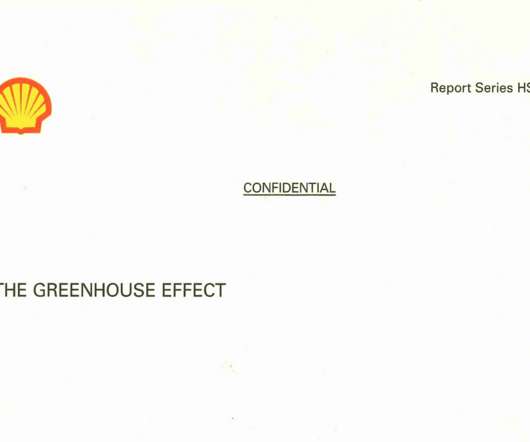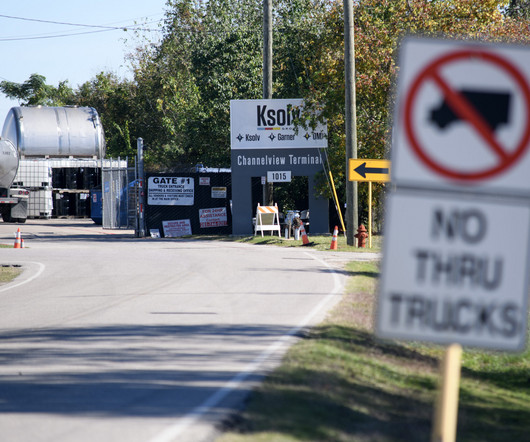Ammonia tuning: Developing catalysts for cleaner fuels
Envirotec Magazine
AUGUST 16, 2024
This four-year project is funded by an EPSRC grant and supported by the industrial partner Eminox. The project is led by Bill Nimmo, Professor of Energy Engineering and Sustainability, with PhD student Madhumitha Rajendran. Nitrous oxide (N2O) however, is produced by combustion processes, and is a potent GHG.













Let's personalize your content